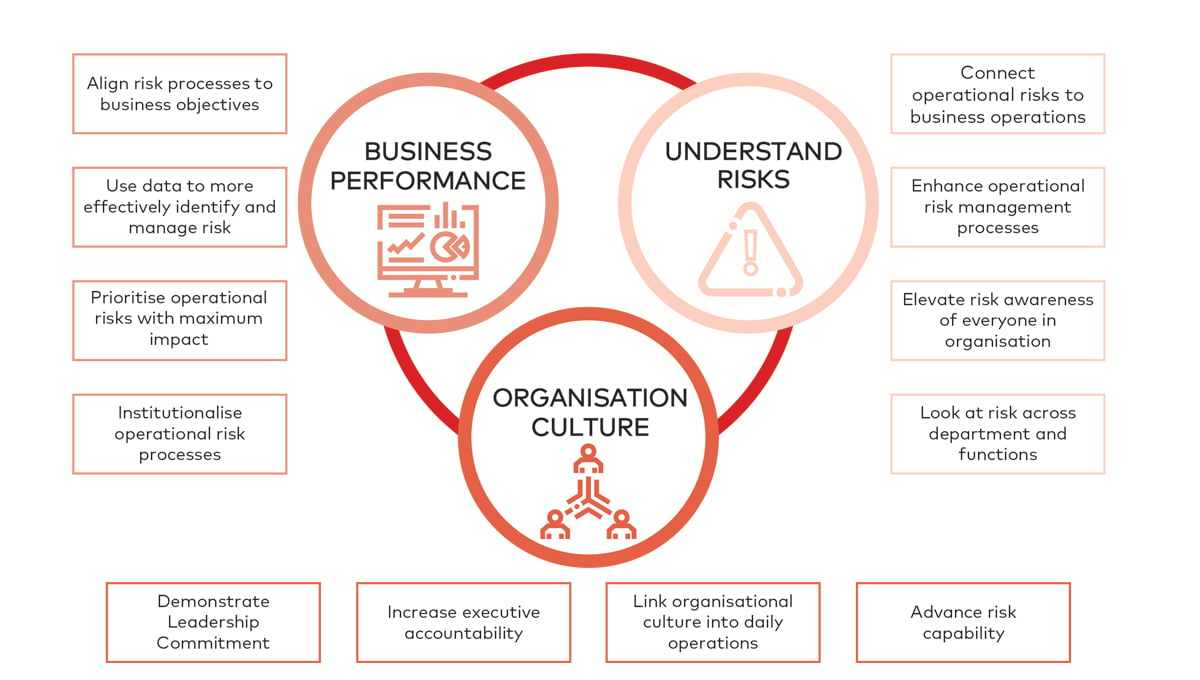Want to Reduce Risk? Then Don’t Get Too Caught Up in Procedure
Many companies believe that so long as employees follow established procedures, the organization will achieve safe operations and, therefore, business success. Unfortunately, it’s not that simple. Rarely does this way of thinking result in sustainable safety or business performance across an organization.

Companies should focus on risk reduction outcomes, rather than simply completing tasks, to ensure real results. While completing tasks may satisfy required compliance measures, there is no guarantee this will bring the expected benefit to the organization. Effectiveness ought to be assessed by the extent of the resulting risk reduction, not simply by how well standards and procedures are followed.
Also, risk management and safety activities should not be thought of as separate from the company’s business objectives. Choosing safety versus production will result in competing priorities within the organization. Instead, organizations should have ‘safe production’ in mind. Risk reduction and safety initiatives should align with operational strategy, which in turn ought to align with business strategy to generate real value for the business.
Achieving risk reduction outcomes that are tied to business strategy can be done by implementing an integrated framework in which four key components:
- Mindsets & Behaviors
- Governance & Management
- Processes & Technology
- Capabilities & Competencies

Finally, it is important that leaders be “affective” in their approach to risk management. Company executives should seek to foster a trusting work environment, and their leadership style should demonstrate humility and partnership with employees. They should encourage bottom-up engagement with employees, not top-down edicts from the C-suite.
Given the day-to-day demands on an organization it is easy to adopt a ‘check the box’ mentality and assume that so long as procedures are being followed, the company is operating safely and productively. All too often, this false sense of security eventually gives way to an incident that sends shockwaves throughout the organization. By focusing more on risk reduction outcomes and linking risk mitigation activities to the organization’s business strategies, companies can realize improved operations and productivity.